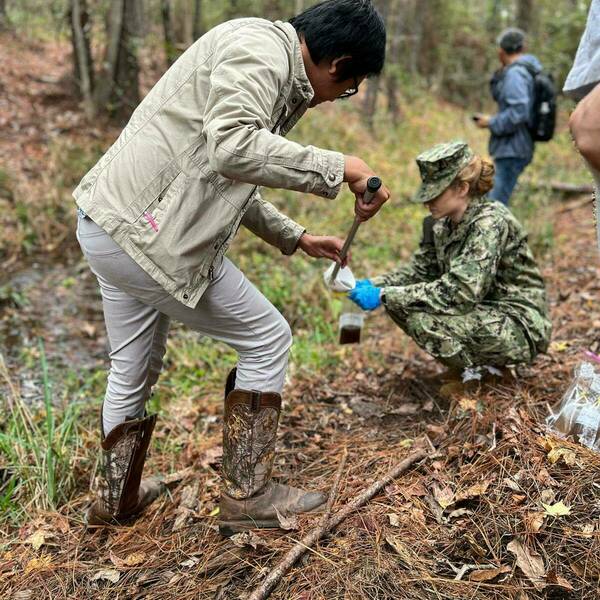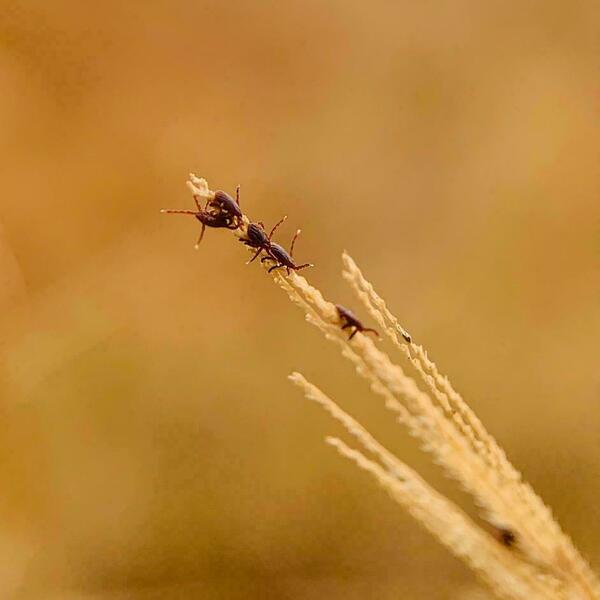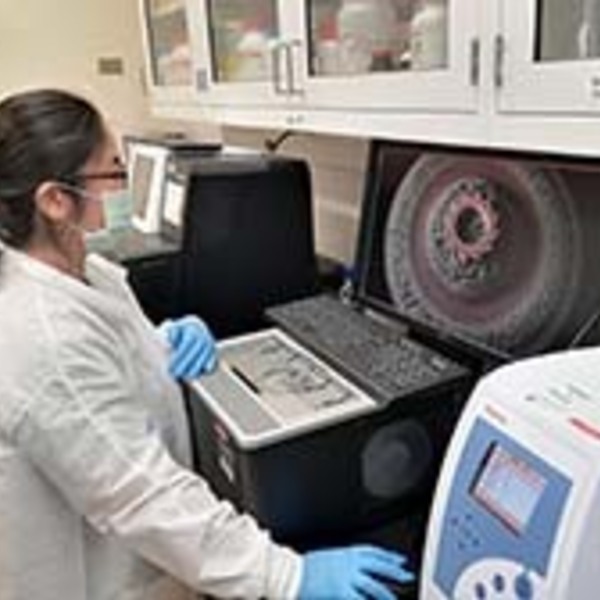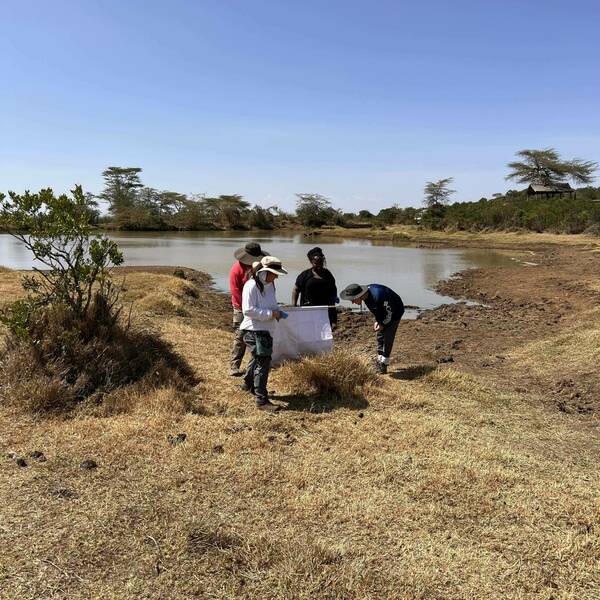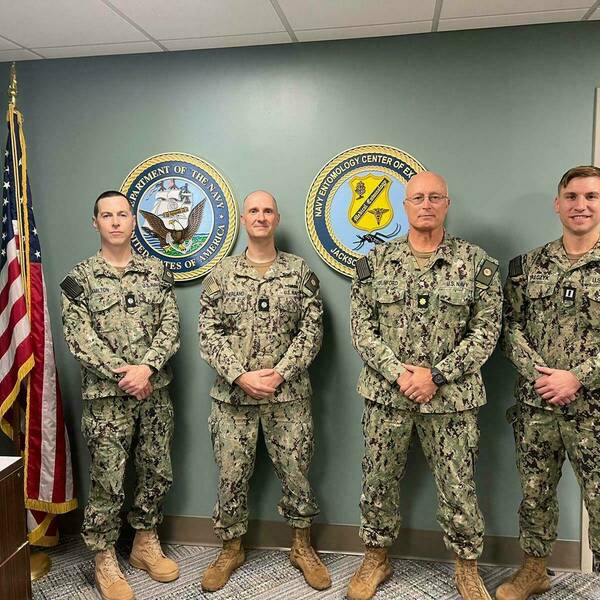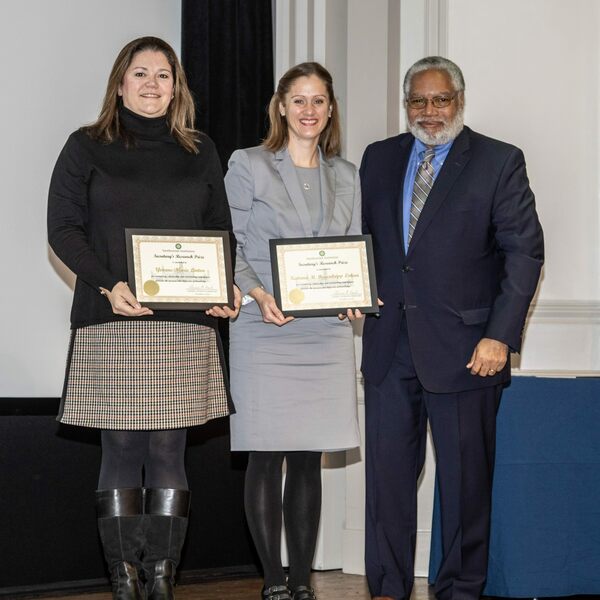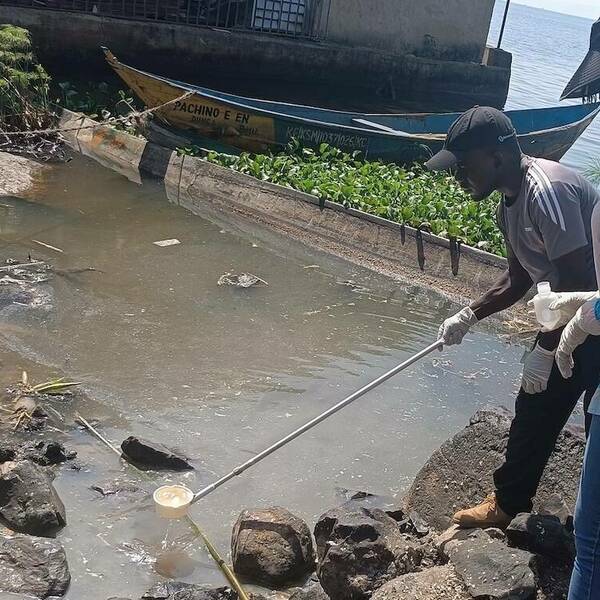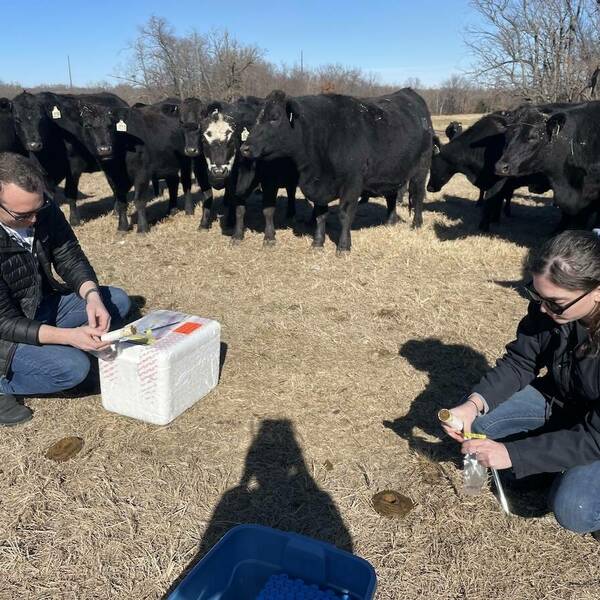Our Approach
The REDI-NET consortium is envisioned as a long-term, phased initiative that serves as a global Center of Excellence to leverage, coordinate and integrate pre-existing and novel real-time xenosurveillance efforts to optimize pathogen discovery and to provide a one-stop-shop for actionable pathogen intelligence for decision-makers.
The seamless integration of environmental parameters and bio-/xeno-surveillance pathogen data into a newly developed REDI-NET data warehouse will facilitate the development of a comprehensive data analysis pipeline.
Phase I (Completed)
Phase I leveraged existing DoD, academic, and civilian partnerships and provided a solid foundation of excellence to build a unique electronically merged data pipeline (e-MERGE) and REDI-NET pathogen spillover alert dashboard, supported by Gold standard reach-back labs with field-ready hi-tech SOPs for standardized remote DNA-based pathogen detection. The REDI-NET alert dashboard, with built-in functionality and data quality assurance for downstream use in mathematical modeling, informed of changes with the relative portions on the contributory components of each pathogen with regard to baseline data, and generated prior warning of potential spillover events in real-time, initiating response and mitigating risks to global citizens and deployed warfighters.
A central function of the e-MERGE analysis pipeline developed to include novel risk maps and models.
Phase II (Completed)
Phase II expanded the sampling frame of the established complementary diagnostic workflow developed under Phase I into new ecologies or terrain. Phase II expanded the REDI-NET pathogen portfolio to include opportunistic vDNA outputs and an enhanced data warehouse, developed an actionable workflow for early pathogen detection by remote forward-facing laboratories using the e-MERGE pipeline, and transferred knowledge of REDI-NET technology and processes to key DoD stakeholders.
Sampling expansion serves to establish new mobile laboratories for further reach of threat characterization, as well as verify the correctness of Phase I threat forecast models through new/updated parameters to confirm emergence of targeted vectors and pathogens.
Phase III (Currently Active)
Phase III focuses on establishing new regional satellite laboratories (Bronze) to expand upon Phase I and Phase II outputs and integrate new remote data acquisition technologies to assess emerging disease threats. To support those new laboratories and the active vertebrate DNA (vDNA) surveillance, a new Gold Laboratory will be established at the University of Arkansas. Phase III expands the REDI-NET pathogen portfolio to include active vDNA sampling and field metadata collection; establish, maintain, and expand REDI-NET active surveillance of iDNA and eDNA across varied ecologies and the GCCs for broad-spectrum pathogen detection using established SOPs; and readiness for roll-out of the REDI-NET platform to Senior DoD Officials in six GCCs and the AFHSC-GEIS partner network.
As data accrual improves, strategic sampling will become model-driven.
Phase IV
Phase IV will focus on rolling out the REDI-NET e-MERGE pipeline to GCCs to assess emerging disease threats and ensure robust Health Protection and Readiness. Phase IV aims to install the REDI-NET into pathogen surveillance activities in the GCCs, harmonizing and synergizing the existing surveillance efforts, bolstered with Memorandum of Understandings (MOUs) and Material Transfer Agreements (MTAs). REDI-NET will provide administrative and technical support, and actively engage and train DoD stakeholders to ensure knowledge transfer of established protocols and database functionality. The Gold REDI-NET Laboratories will provide technical expertise and critical reach-back support to stakeholders within the GCCs as they drive to integrate the REDI-NET pipelines into existing emerging pathogen surveillance efforts to establish an empowered world-class pathogen detection and mitigation system to maintain U.S. Readiness and remotely predict the impact of emerging and emergent pathogens on Health Protection in uncharted theatres.

